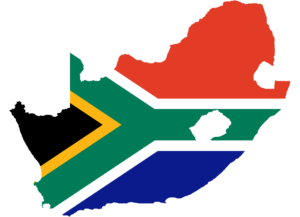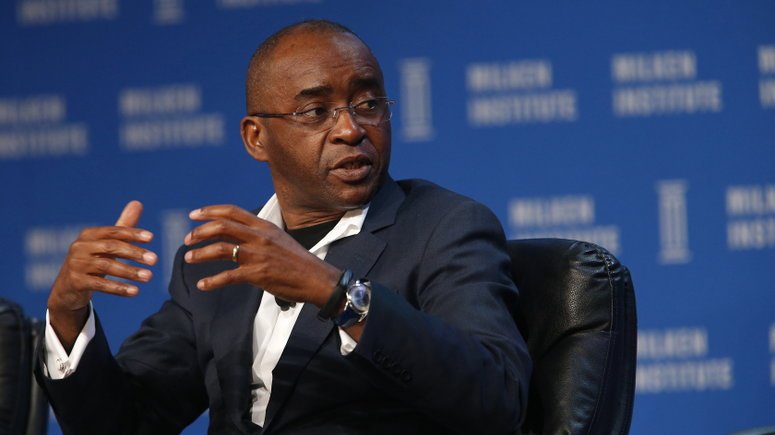If a list of the poorest nations in the world were to be compiled, it would come as no surprise to many that Africa nations would dominate such a list.
The continent is one having a significant number of nations with economies that are unstable and poverty-stricken. Nonetheless, among its many states, there are nations whose economies can be said to be experiencing swift growth.
Are you curious about which nations in African are the wealthiest? Then, this list is compiled for you. Here is a nominal GDP-based compilation of the top ten richest African countries.

Richest Countries in Africa
1. NIGERIA
GDP: $444.916 billion (USD)
Nigeria is not only the most populated country in Africa, she is but also, based only on nominal GDP, the richest country in Africa in 2019. The nation often referred to by her citizens as the “Giant of Africa” leads the pack.
2. SOUTH AFRICA
GDP: $371.298 billion (USD)
Formerly the richest country in Africa based on the yardstick of GDP. South Africa has recently been dethroned by the West African nation, Nigeria.
3. EGYPT
GDP: $299.586 billion (USD)
Egypt’s economic growth has been remarkable over the past few years, averaging 5.3% in 2017/18; a rate that didn’t diminish in 2019. And the moment, Egypt is third on our list of the richest countries in Africa based on nominal GDP. The Egyptian economy is mainly driven by the expansion in the gas resources, tourism, manufacturing, and construction.
4. ALGERIA
GDP: $183.687 billion (USD)
The People’s Democratic Republic of Algeria has the tenth largest reserve of natural gas in the world and is the sixth-largest gas exporter on the planet. Algeria’s economy is dominated by its export trade in petroleum and natural gas. One-third of the country’s gross domestic product (GDP) is contributed by its export trade activities.
5. MOROCCO
GDP: $121.350 billion (USD)
Morocco experienced a slight economic retrogression in 2018 owing to the decline of agricultural value-added growth, which was the only partially compensated by the otherwise good performance of non-agricultural activities. Mining activities contributed the most to her economic growth apart from agriculture.
6. KENYA
GDP: $99.246 billion (USD)
Kenya’s GDP earned it the 65th spot on the list of countries with the largest economies in the world. Her short-term gross domestic product growth (GDP) expectedly rose by 5.1% in the last quarter of 2019 underpinning the recovery in agriculture, better business sentiment, and ease of political uncertainty. As of now, Kenya is the 6th richest nation in the continent.
7. ANGOLA
GDP: $99.191 billion (USD)
For a nation whose economy is largely driven by the oil sector, Angola’s economy is expected to grow at an average rate of 2.6% per year in the 2019-2023 period. Oil production and its supporting activities contribute about 50% of GDP, greater than 70% of government revenue, and over 90% of the country’s exports.
8. ETHIOPIA
GDP: $90.968 billion (USD)
At position 8 on the list is a nation whose construction sector and services have accounted for most of her economic growth. Manufacturing and Agriculture made a lower-contribution. Ethiopia’s economy experienced strong, broad-based growth averaging 10.3% a year from 2006/07 to 2016/17, compared to a regional average of 5.4%.
9. GHANA
GDP: $68.258 billion (USD)
West Africa country, Ghana, targeted a 7.4% growth in 2019 mainly to be driven by the industry sector, especially oil, gas, and mining. Ghana’s agriculture sector is expected to grow by 7.3% on the back of the government flagship programs in the sector which will enhance performance in the crops sub-sector. Her industry’s growth is expected to improve to 9.7% also.
10. TANZANIA
GDP: $61.032 billion (USD)
Tanzania has maintained a relatively high economic growth over the last decade. Her economic growth in 2018 was however mixed but her inflation rate was stable in the same year.
The country’s poverty rate has significantly declined, but the absolute number of poor citizens which has not declined because of the high population growth rate gives the illusion that the poverty rate is still high.



